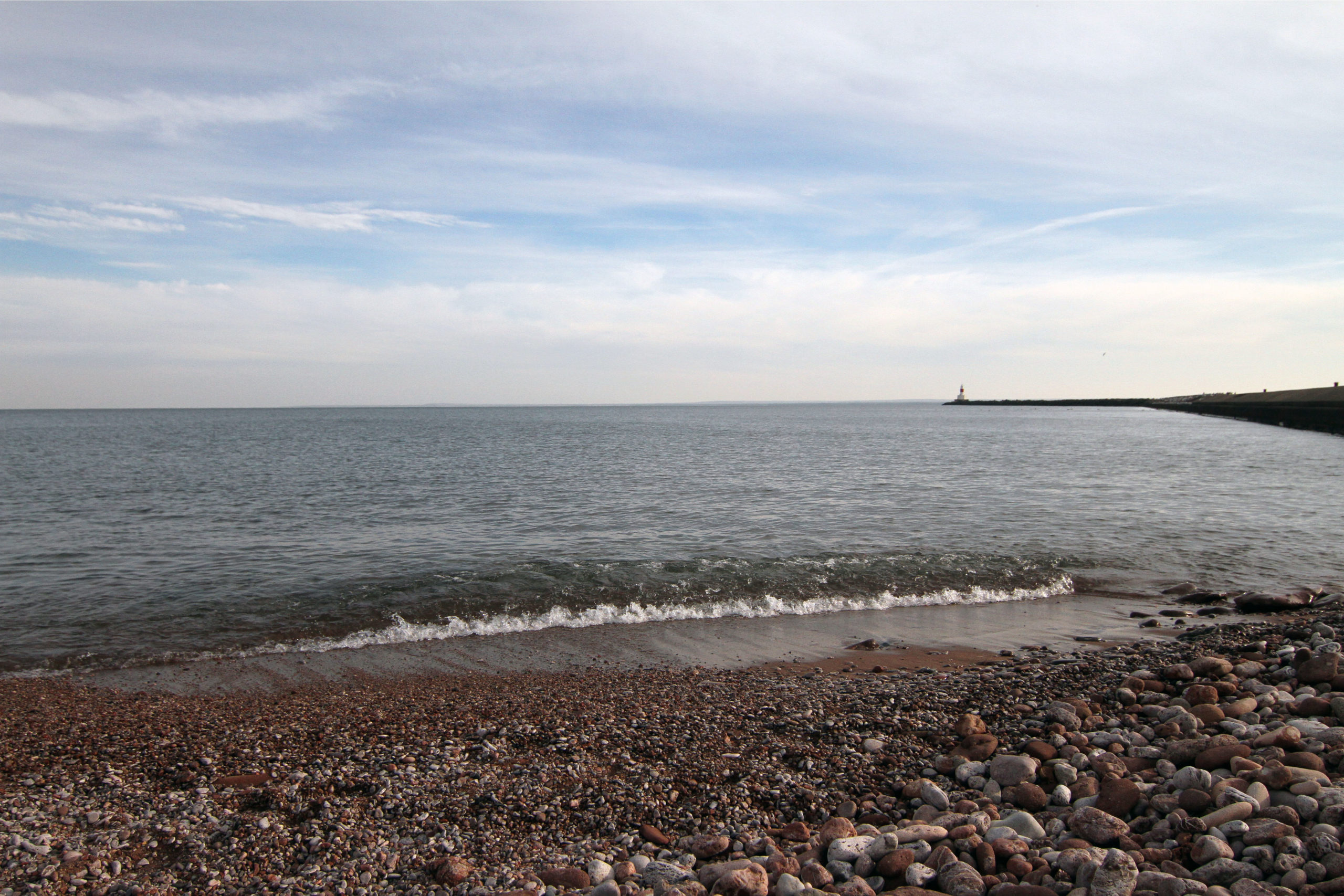
Two recently banned pesticides have all but disappeared from the atmosphere around the Great Lakes, while others phased out decades ago are still hanging around.
Marta Venier, an environmental chemist at Indiana University, and her team looked at air samples taken every 12 days since 1990 by the Environmental Protection Agency around the Great Lakes region, which measure the atmospheric concentration of hundreds of compounds, including pesticides, PCBs, and other persistent chemicals. They found that levels of two banned pesticides – lindane and endosulfan – can no longer be detected.
“The concentration of some compounds has gone down so much that they have reached a level where we can say they are virtually eliminated,” she said.
Lindane, which was used to treat seeds prior to planting and has been linked to anemia, lung cancer and lymphoma, was banned in 2006, while endosulfan, which can cause liver, kidney and brain damage, was banned in 2010.
Venier says the disappearance of these chemicals shows that environmental regulations work. As they fade, a source of stress for the ecosystem and a danger to human health is removed. “The environment is a complex chemical soup, by removing some ingredients, we improve the quality of the environment,” she said.
But Venier also found that three other persistent pesticides, DDT, chlordane, and hexachlorobenzene, were still present in the atmosphere, despite being banned for much longer. DDT, for example, was phased out in the 1970s because of its detrimental effects on both the environment and human health. Exposure to DDT can cause developmental abnormalities, reproductive disease, neurological disease and cancer.
And they are going nowhere anytime soon. Venier estimates that it will take another 17 years for the current concentration of DDT in the atmosphere to fall by half. “They are going away, but it is a slow process,” she said. “I expect they will be in the environment for quite some time.”
Venier believes that the difference is that DDT and chlordane were often used in cities, while lindane and endosulfan were mainly agricultural. Since agricultural soil gets churned up more regularly than that in the cities those chemicals are released into the air more frequently, where they are more readily degraded through atmospheric reactions and exposure to ultraviolet light, or transported away.
Johann Zaller, who studies agroecology at the University of Natural Resources and Life Sciences in Vienna, Austria, says that while the disappearance of some chemicals will have positive effects on human health and the environment, the continued presence of DDT and other pesticides in the atmosphere actually shows that regulations are not sufficient.
“These are pesticides that have been banned for decades for good reasons, and the fact that they are still detected in the air is outrageous,” he said. “The results suggest that the environmental impact assessments of these pesticides are inadequate because such widespread contamination is simply not acceptable.”
Catch more news at Great Lakes Now:
Opposition to CAFOs Mounts Across the Nation
EPA to limit toxic ‘forever chemicals’ in drinking water
Featured image: Lake Superior from Presque Isle Park in Marquette, Mich. (Photo Credit: Zosette Guir/Detroit Public Television)




